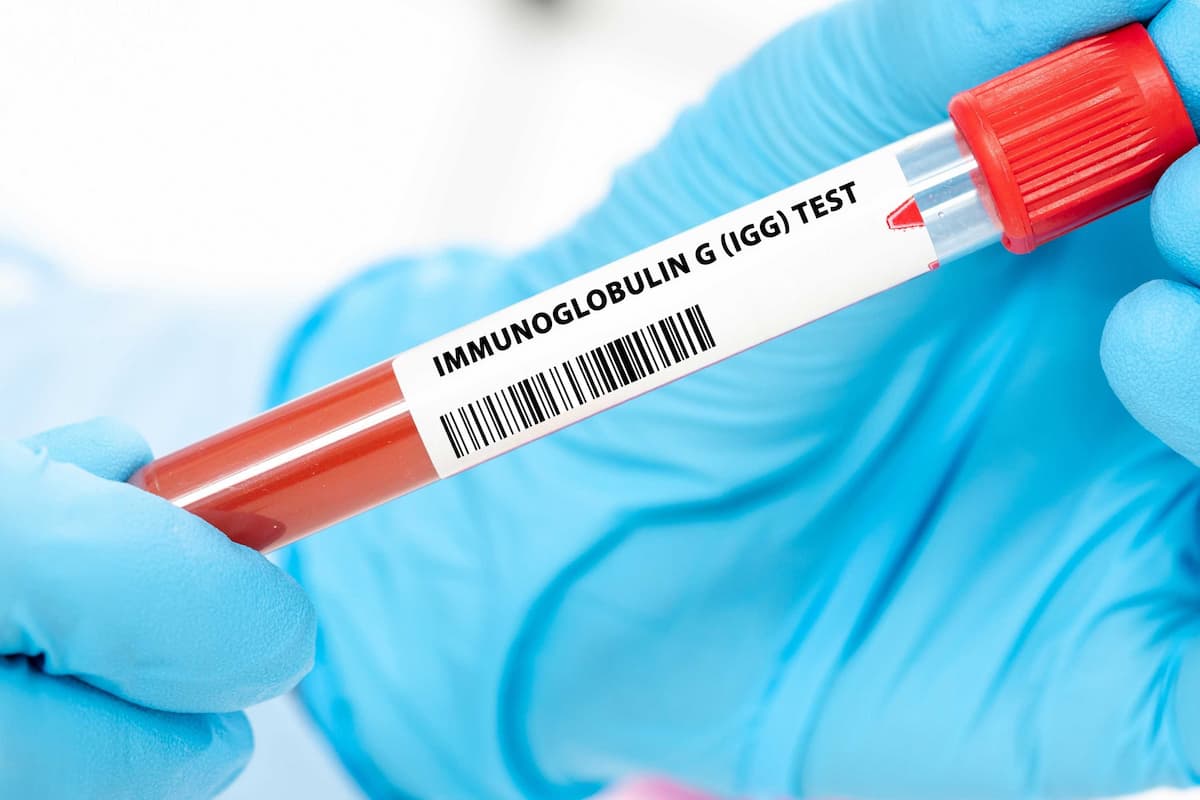- Center on Health Equity & Access
- Clinical
- Health Care Cost
- Health Care Delivery
- Insurance
- Policy
- Technology
- Value-Based Care
MOG-IgG Rare in Asian Patients With Multiple Sclerosis
The study underscores the importance of repeat testing in cases where myelin oligodendrocyte glycoprotein immunoglobulin G tests are borderline.
It is extremely rare for people with multiple sclerosis (MS) to test positive for myelin oligodendrocyte glycoprotein immunoglobulin G (MOG-IgG), a new report found—but the study also shows that many patients have inconclusive blood test results, which may complicate diagnosis and treatment. The report was published in the European Journal of Neurology.1
Both MS and myelin glycoprotein antibody-associated disease (MOGAD) are demyelinating disorders, but they have different clinical characteristics and divergent prognoses, noted corresponding author Ho Jin Kim, MD, PhD, of South Korea’s National Cancer Center, and colleagues.
Patients with high-titer MOG-IgG can confidently be diagnosed with MOGAD, they said, but patients with low-titer results are more difficult to diagnose. Such patients could have MOGAD, but they could also have certain phenotypes of MS.2
The findings underscore the importance of comprehensive clinical decision-making, including analysis of clinical and radiological “red flags” for both MS and MOGAD. | Image credit: luchschenF - stock.adobe.com

“Consequently, recent MOGAD diagnostic criteria recommend that positive results at low titers should be interpreted with caution and supported by clinical and radiological features, emphasizing the need to avoid antibody-dependent diagnosis,” they explained.1
Yet, Kim and colleagues said most of the studies related to MOG-IgG positivity have been conducted among predominantly Caucasian patient cohorts, and thus the findings may not be applicable to all demographic groups, they said. In particular, Kim and colleagues noted that Asian countries have a markedly lower prevalence of MS compared with Western countries, although the prevalence of MOGAD in Asian countries is comparable to that of Western countries.
“This may inadvertently place greater diagnostic weight on MOGAD, potentially increasing reliance on antibody testing, particularly given that MS is less familiar for Asian clinicians,” the authors said.
Kim and colleagues therefore decided to study the frequency of MOG-IgG among a cohort of 405 predominantly Asian patients with MS. All but 10 of the patients were Asian, and most (65.9%) were women. The patients had a median duration of disease of 2 years, and their median age of onset was 28 years. Most of the patients had the relapsing form of MS (87.2%).
Serum samples from the patients were tested using an in-house live cell-based MOG-IgG assay at a dilution of 1:20. If samples were borderline or positive, they were tested a second time at a dilution of 1:100 to confirm the findings. The investigators were blinded to patients’ clinical data when doing the testing.
On initial testing, 6 patients had positive or borderline MOG-IgG results. None of those patients, however, had supporting clinical features indicative of MOGAD or MS-MOGAD overlapping phenotypes. When those samples were retested at a 1:100 dilution, only a single patient—a 31-year-old woman with a 4-year disease duration—tested positive. Her relapsing MS diagnosis had been based on positive cerebrospinal fluid oligoclonal bands and typical MS lesions on magnetic resonance imaging.
The extremely low rate of MOG-IgG positivity aligns with earlier research in European populations, Kim and colleagues said. They noted, however, that in this new Asian cohort, patients who had presented with atypical MS features had already undergone MOG-IgG testing and been reclassified as MOGAD cases if their tests were positive.
“As a result, individuals with a higher pre-test probability of MOGAD may have been systematically excluded,” they noted.
The authors said their findings underscore the importance of comprehensive clinical decision-making, including analysis of clinical and radiological “red flags” for both MS and MOGAD. In cases with ambiguous MOG-IgG test results, repeat testing at higher dilutions is warranted, they said.
References
1. Hyun JW, Chung J, Payumo RMP, et al. MOG-IgG frequency in multiple sclerosis: diagnostic challenges with low-titer results. Eur J Neurol. 2025;32(9):e70356. doi:10.1111/ene.70356
2. Held F, Kalluri SR, Berthele A, Klein AK, Reindl M, Hemmer B. Frequency of myelin oligodendrocyte glycoprotein antibodies in a large cohort of neurological patients. Mult Scler J Exp Transl Clin. 2021;7(2):20552173211022767. doi:10.1177/20552173211022767
